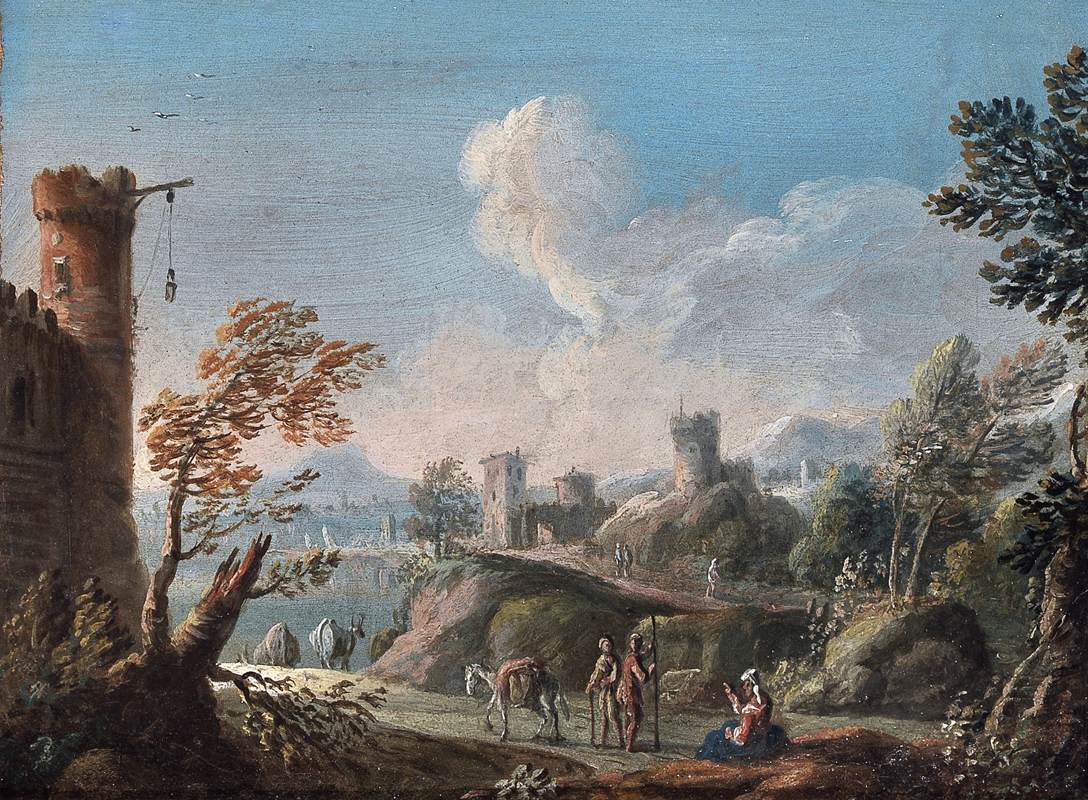Description
The painting "View of the Roman Campagna" by Italian artist Paolo Anesi is an impressive work that captures the beauty and grandeur of the Roman landscape. This painting was painted in the 18th century and is an outstanding example of the Rococo artistic style.
The composition of the painting is very interesting. Anesi uses a technique called "aerial perspective" to create a sense of depth and distance in the image. The view extends from the foreground, where trees and shrubs are visible, to the far horizon, where the hills and mountains of the Roman Campagna can be made out.
Color is another notable aspect of this painting. Anesi uses a soft and delicate palette, with pastel tones and a soft and fluid brushstroke. Colors blend and blend into each other, creating a sense of harmony and balance in the image.
The history of the painting is also fascinating. Anesi was one of many artists who traveled to Rome in the 18th century to study the city's ancient monuments and landscapes. The view of the Roman Campagna was particularly popular with artists, as it offered a contrast between nature and ancient architecture.
Although the painting is well known, there are some lesser known aspects that are worth highlighting. For example, Anesi included several details in the image that are typical of the Rococo, such as the female figures in the foreground and the small putti floating in the air.
In short, "View of the Roman Campagna" is a Rococo masterpiece that combines impressive technique, interesting composition and a soft and harmonious color palette. This painting is a perfect example of how 18th century artists drew inspiration from the natural beauty and ancient history of Rome to create timeless works of art.

